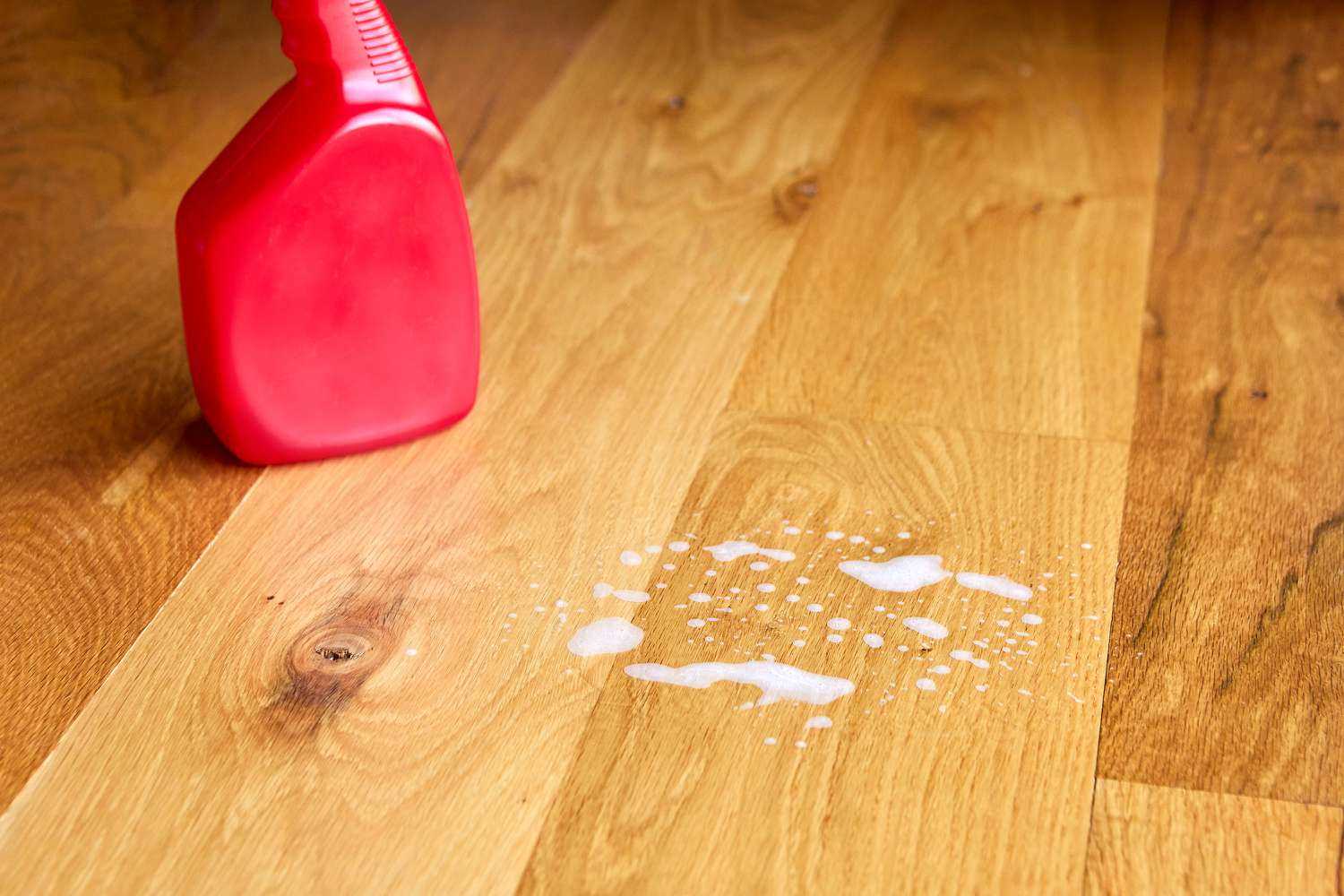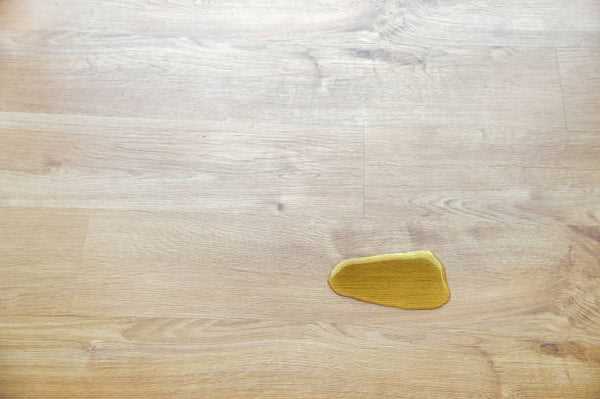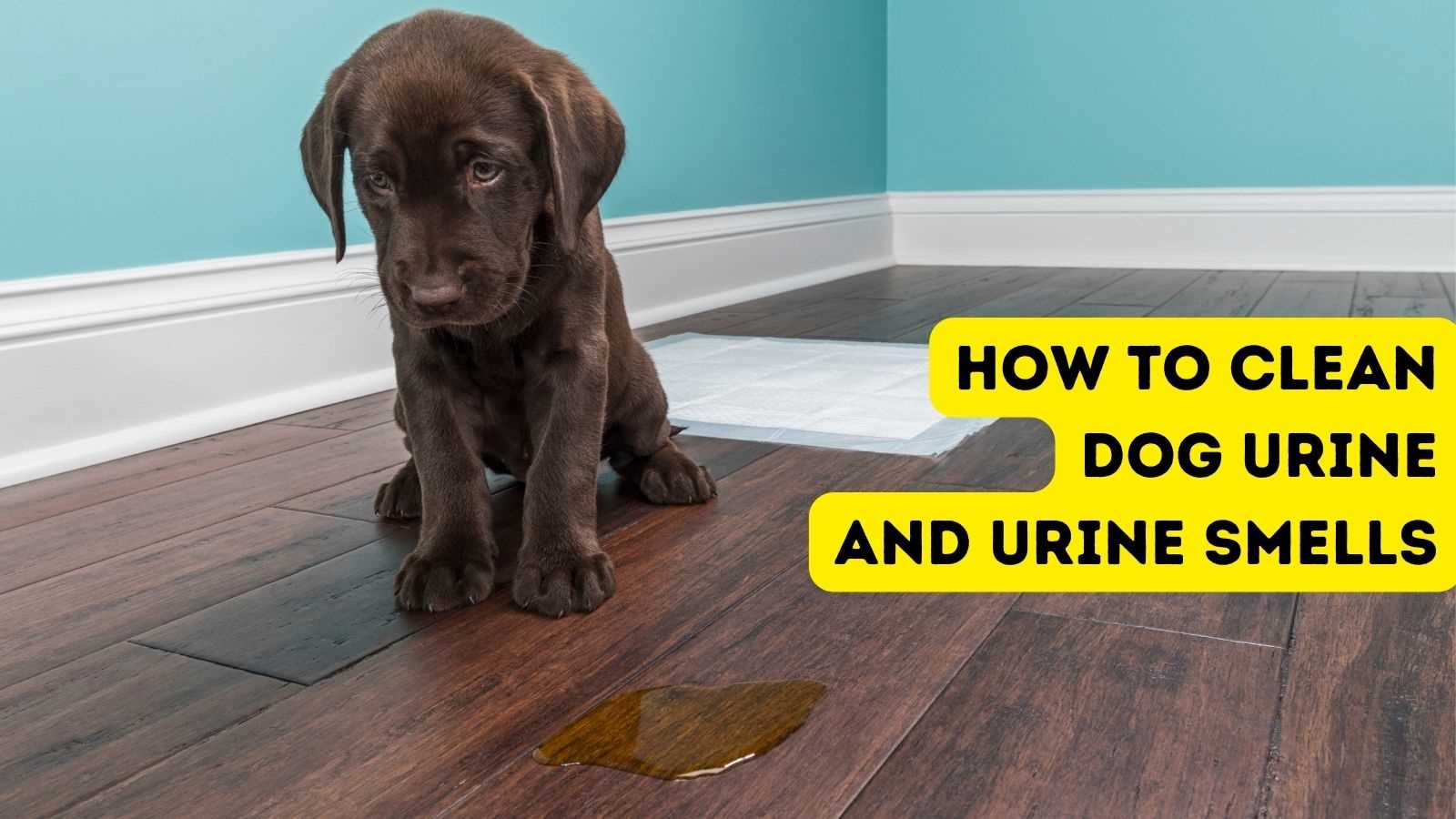



Start with a mixture of equal parts white vinegar and water. Apply this solution directly to the affected area using a cloth or sponge. Allow it to sit for approximately 5-10 minutes to neutralize the odor effectively.
Next, sprinkle baking soda generously over the damp area. This natural deodorizer will absorb any lingering scents. Leave it on for a few hours, or even overnight, before vacuuming it up. The combination of vinegar and baking soda works wonders in eliminating unpleasant aromas.
For stubborn odors, consider using enzymatic cleaners specifically designed to break down organic substances. Follow the instructions on the product for the best results. These cleaners can penetrate deep into the surface, ensuring a thorough clean.
After cleaning, ensure proper ventilation in the space. Open windows or use fans to promote air circulation, which helps dissipate any remaining odors. Regular maintenance can prevent the reoccurrence of these issues and keep your environment smelling fresh.
Identify the Source of the Odor
First, check for visible signs of trouble. Look under furniture and in corners where I might have marked my territory. Sometimes, the liquid can seep under baseboards or into cracks, hiding from plain sight.
Consider using a black light. This handy tool reveals areas that may not be noticeable during the day. It can highlight any spots that need attention, so you can focus on the right locations.
Close your eyes and trust your nose. If there’s a lingering scent, follow it to find the culprit. Sometimes, the odor can travel, making it tricky to pinpoint the source. Pay attention to areas where I frequently hang out or where my litter box is located.
Once you find the spot, take a moment to assess the severity. Check for any damage to the surface or if the odor has penetrated deeper materials beneath. Understanding the extent of the issue helps in choosing the right cleaning method.
Prepare the Cleaning Solution
Mix one cup of white vinegar with one cup of water in a spray bottle. This combination neutralizes odors effectively.
Add a few drops of dish soap to the mixture. This helps to break down stains and lift residue from the surface.
For extra power, consider including baking soda. Add two tablespoons to the vinegar and water solution. Baking soda absorbs unwanted odors and enhances cleaning.
Before applying, shake the bottle gently to combine the ingredients. Test the solution on a small, hidden area of the surface to ensure it doesn’t cause any damage.
Once the solution is ready, it’s time for application. Use a cloth or sponge to apply the mixture directly onto the affected area.
Allow the solution to sit for about 5-10 minutes. This waiting period lets the ingredients work their magic.
Afterward, wipe the area with a clean, damp cloth to remove any residue. Ensure the area is thoroughly rinsed to avoid any lingering vinegar scent.
Finally, let the area dry completely. This prevents any moisture from lingering, which could lead to further issues.
Apply the Solution to the Affected Area
Pour the cleaning mixture directly onto the stained section. Ensure the liquid covers the entire spot to penetrate deeply into the surface. Use an old cloth or sponge to gently scrub the area, working in circular motions. This helps lift the residues and neutralize the unpleasant odor.
Steps to Follow:

- Let the solution sit for about 10-15 minutes to absorb and break down the remaining particles.
- After the waiting period, blot the area with clean towels to soak up excess moisture.
- Rinse the cloth and wipe the surface again to remove any cleaning solution residue.
For stubborn areas, repeat the process until the unpleasant scent disappears. Ensure the area dries completely to prevent any lingering odors.
Use a Scrub Brush for Deeper Clean
A scrub brush is your best ally for thorough sanitation. Opt for a brush with firm bristles to penetrate the surface and eliminate stubborn residues. Start by applying the prepared cleaning mixture directly to the affected area, then take your scrub brush and work it into the surface in circular motions. This technique not only helps lift any trapped particles but also ensures the cleaning solution reaches deeper layers.
Technique Tips

Maintain consistent pressure while scrubbing; excessive force might damage the flooring. Rinse the brush regularly to avoid redistributing dirt. After scrubbing, use a damp cloth to wipe away any excess solution and dirt.
Final Touches
After the cleaning process, let the area dry completely. For enhanced freshness, consider using a fan or opening windows. If you’re looking to keep your feline friend healthy, check out the best dry cat food for cats with kidney problems for dietary tips. For larger areas, a best pressure washer hoover can be quite effective, making the task less labor-intensive.
| Tool | Function |
|---|---|
| Scrub Brush | Deep cleaning and residue removal |
| Damp Cloth | Wiping excess solution |
| Pressure Washer Hoover | Efficient for larger areas |
Rinse and Dry the Area Thoroughly
After scrubbing the spot, it’s crucial to rinse the area with clean water. Use a damp cloth or mop to remove any remaining cleaning solution. Make sure to wring out the cloth well to avoid soaking the surface.
Once rinsed, dry the area completely with a clean, absorbent towel. Press down firmly to soak up excess moisture. This step is important because any leftover dampness can attract new odors or lead to mold growth beneath the surface.
For an extra touch, consider using a fan or opening windows to improve airflow, helping the area dry faster. Ensuring the surface is completely dry is key to maintaining a fresh and clean environment.
Neutralize Remaining Odors with Baking Soda
I recommend sprinkling baking soda generously over the cleaned area. This natural deodorizer works wonders at absorbing lingering scents. Let it sit for at least 15 minutes, or even overnight if possible, to maximize its effectiveness.
After allowing the baking soda to work its magic, use a vacuum cleaner to remove the powder. Ensure that the vacuum is set to a suitable setting for hard surfaces to avoid damaging the area.
Additional Tips
If the fragrance persists, consider repeating the process. You can also mix baking soda with a few drops of essential oil for a pleasant scent that masks any unwanted odors. Just remember to test any mixture on a small, inconspicuous area first.
Regular Maintenance
Incorporating baking soda into your cleaning routine can help prevent future issues. Sprinkling it on surfaces regularly keeps them fresh and reduces the likelihood of odors returning.
Prevent Future Incidents with Training and Deterrents

To avoid unwanted situations, consistent training is key. I recommend using positive reinforcement when I use the litter box correctly. Treats and praise work wonders. This helps me understand where I should go, making it less likely for me to choose other spots.
Creating a comfortable environment also plays a role. Ensure that my litter box is easily accessible and kept clean. I prefer a tidy space, and a dirty box can lead to accidents.
Deterrents can be effective too. Using pet-safe sprays in areas where I tend to stray can discourage me from marking those spots. Scents like citrus or vinegar are often unappealing to us felines.
Additionally, providing ample playtime and stimulation might redirect my energy. Boredom can lead to misbehavior, so engaging toys and regular interaction are essential. Keeping me entertained reduces the chances of any undesirable actions.
Lastly, regular vet check-ups are important. Sometimes, unexpected behavior stems from health issues. Ensuring I’m healthy helps maintain my good habits.
FAQ:
What are the most effective methods to remove cat pee smell from vinyl floors?
There are several effective methods to eliminate cat pee odor from vinyl floors. One popular approach is to use a mixture of white vinegar and water. Combine equal parts of both in a spray bottle, apply to the affected area, and let it sit for 10-15 minutes before wiping it away with a clean cloth. Another method involves using baking soda. Sprinkle baking soda over the area, allow it to sit for several hours or overnight, and then vacuum it up. Additionally, enzymatic cleaners designed specifically for pet odors can be very effective as they break down the odor-causing substances. Always test any cleaning solution on a small, inconspicuous area first to ensure it does not damage the vinyl.
How can I prevent my cat from urinating on the vinyl floor in the future?
To prevent your cat from urinating on the vinyl floor, first, ensure that its litter box is clean and accessible. Cats are more likely to use their litter box if it is kept tidy. You can also try different types of litter to see if your cat prefers one over another. Additionally, consider placing the litter box in a quiet and private location, as cats often seek privacy when using the bathroom. If the behavior continues, it may be worthwhile to consult a veterinarian to rule out any medical issues that could be causing the urination outside the litter box. Lastly, providing enrichment activities and ensuring your cat feels secure in their environment can help reduce stress-related urination.
Is it safe to use commercial cleaning products to remove cat urine from vinyl floors?
Using commercial cleaning products on vinyl floors can be safe, but it is crucial to choose the right ones. Look for cleaners that are specifically formulated for pet stains and odors, as these products typically contain enzymes that break down the urine compounds effectively. Always read the label to ensure that the product is safe for vinyl flooring and follow the instructions provided. It’s a good practice to test any new cleaner on a small, hidden area of the floor first to check for any adverse reactions. Additionally, avoid ammonia-based cleaners, as they can actually attract cats back to the same spot.










